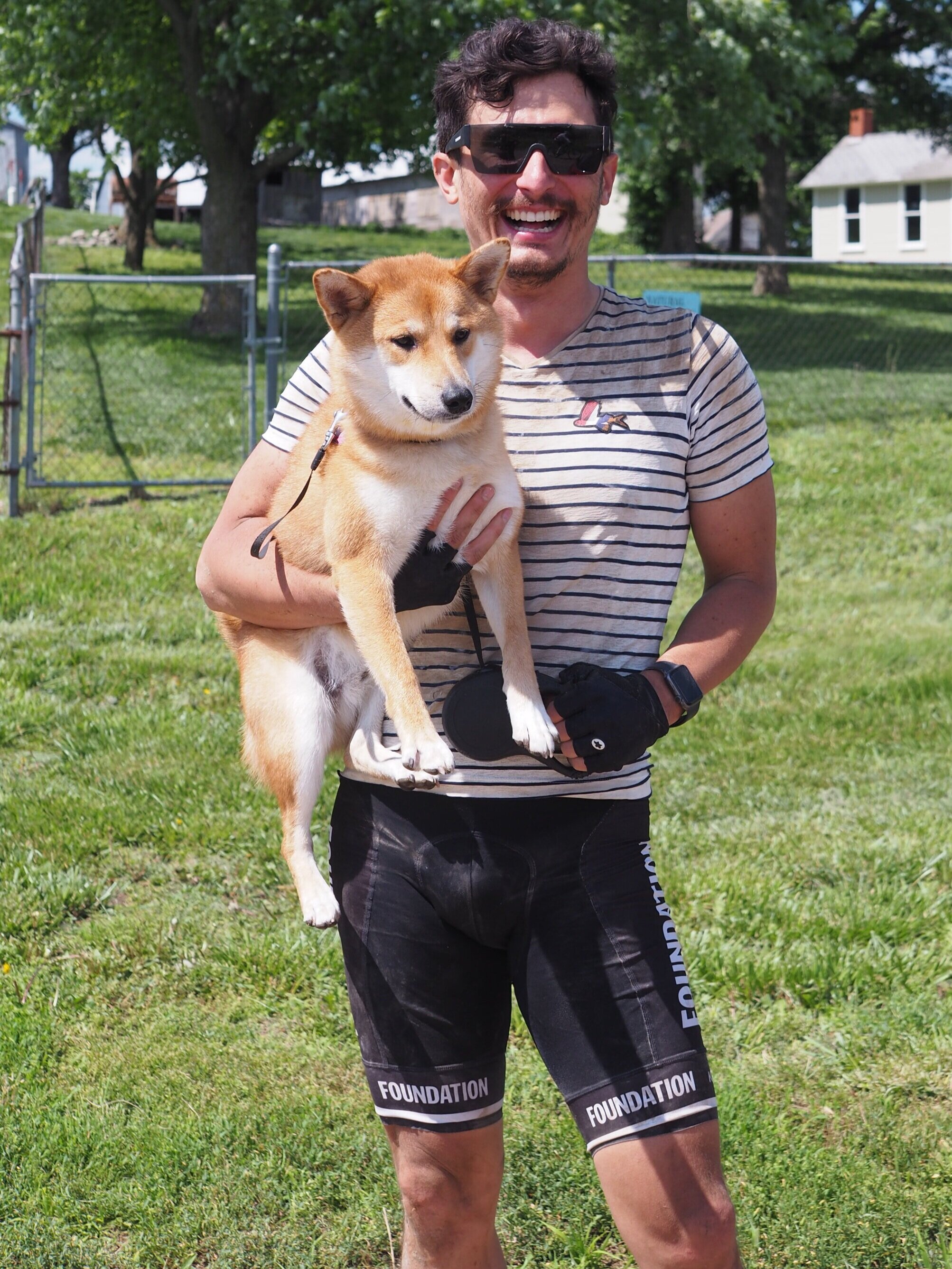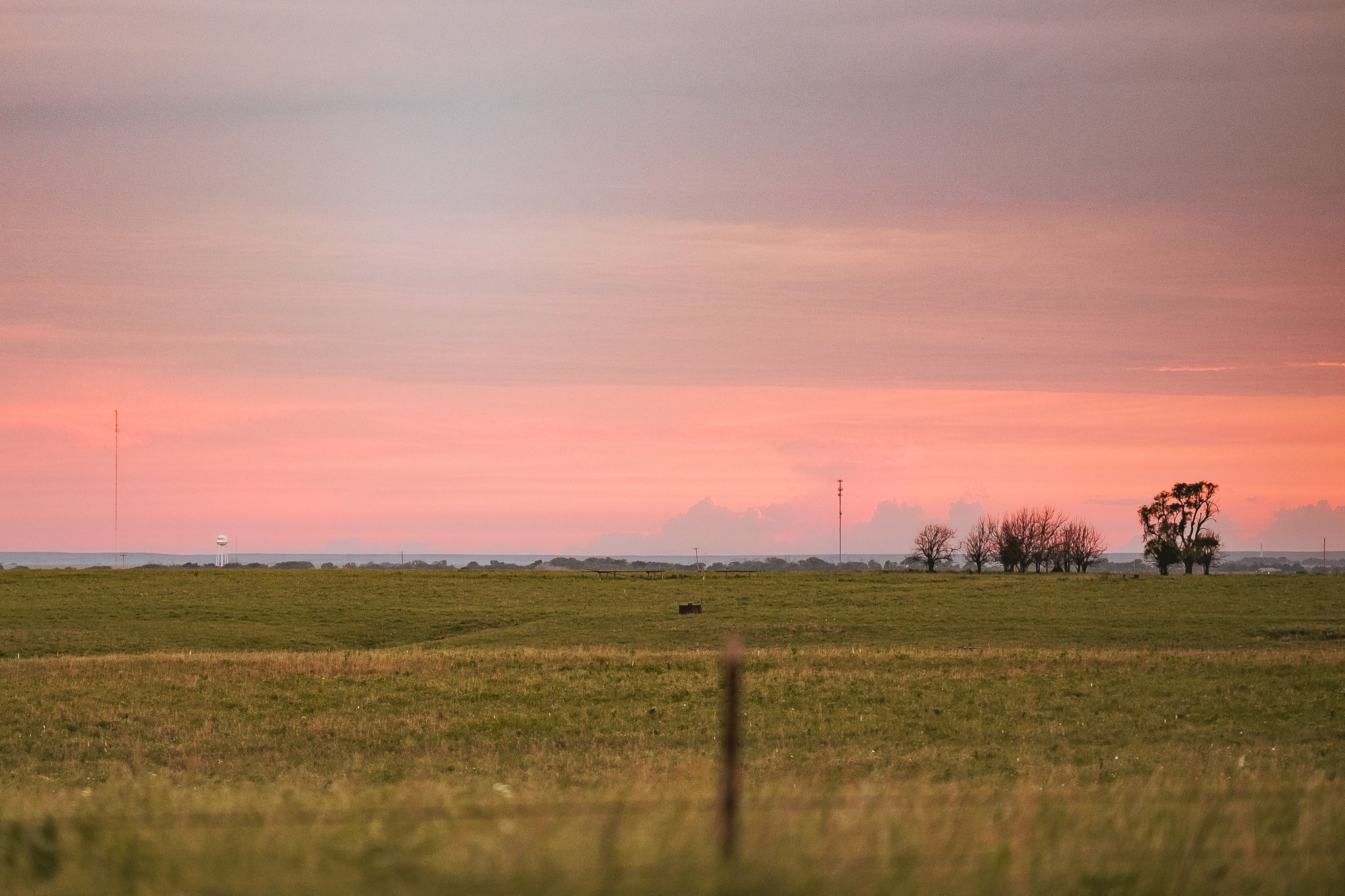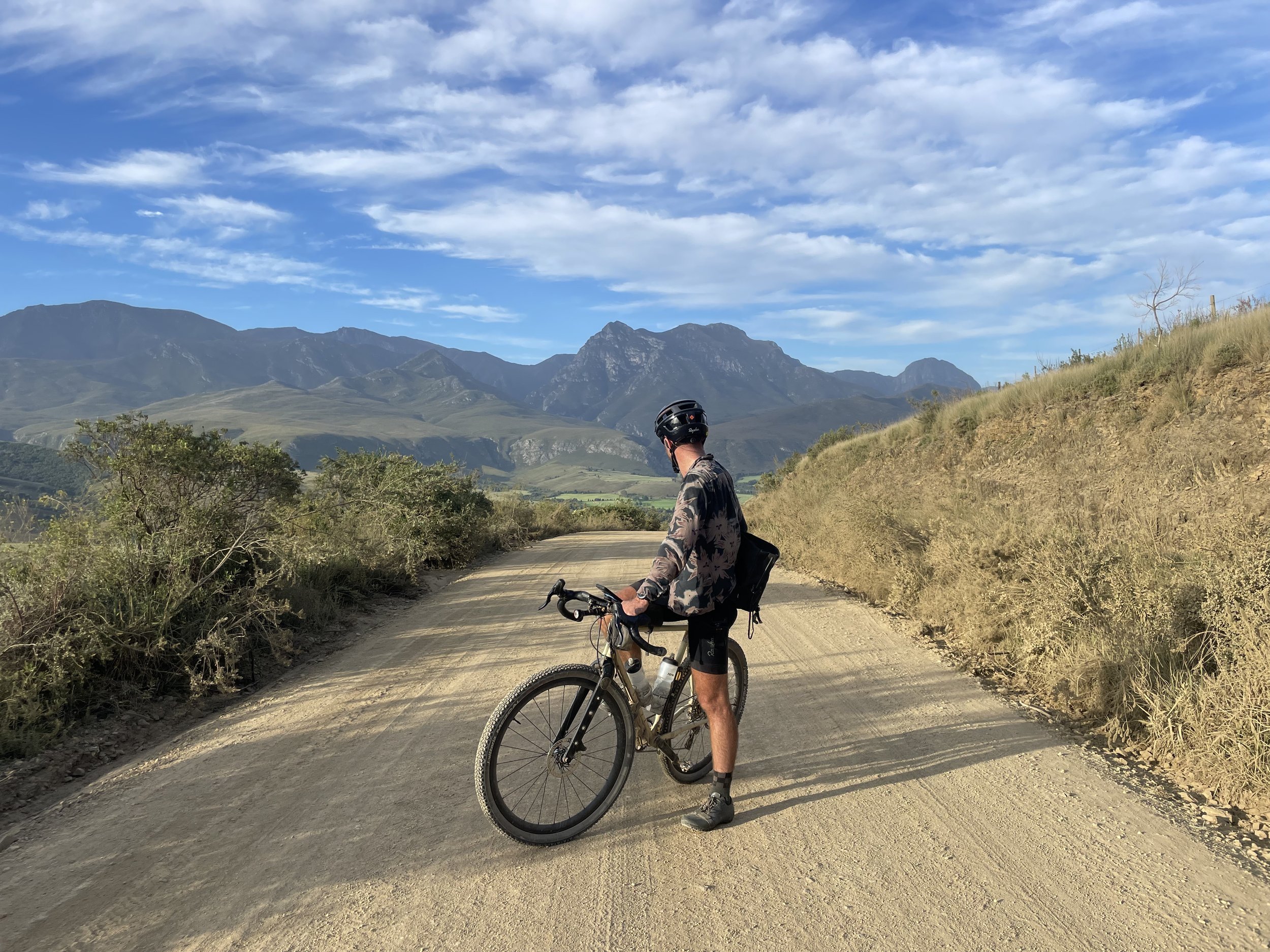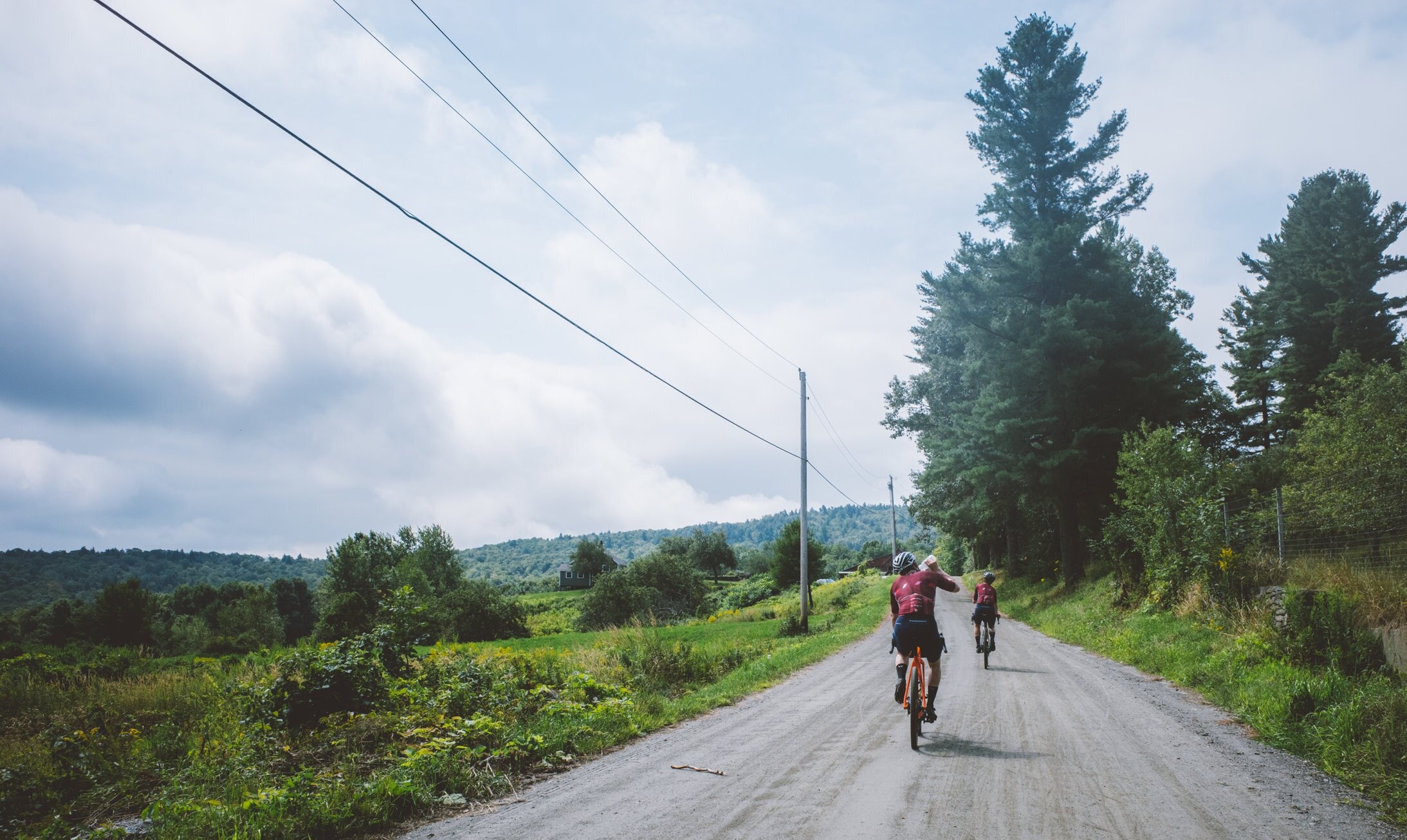First Hand Lessons: Being A Support & Gear Crew At Unbound Gravel

How Not To Be A SAG Crew
Back in 2017, my husband asked me to be his Personal SAG (Support & Gear) Crew for him at what was then known as the Dirty Kanza 200. With a reputation as one of the biggest, hardest gravel grinders on earth, this race takes place in the merciless Flint Hills of Emporia, Kansas. What started off in 2006 as 34 riders bringing their ferocious spirit to ride 206 miles of gravel, has now drawn in thousands of riders from all over the world, now branded as Unbound Gravel.
You want me to SAG? Sure, I said without much thought, not appreciating the magnitude of the event or the importance of my responsibility. TLDR, I massively underestimated his expected timing and missed his first checkpoint. He raced 100 miles without the food and nutrition he’d planned for, and without aid, he crashed and still has the gravel scars to show for it today. Things then went from bad to worse. I had the most unfit basic medical kit on me, and frankly, it’s a miracle and testament to his grit and fitness that he was still able to ‘race the sun’ that year, one of the handful of finishers able to start and finish during daylight. Here’s a snap of him looking a tad unhinged at checkpoint 2 in 2017. I like to think that I inspired that look.
2017 DK200, checkpoint 2 after I missed checkpoint 1
How To Redeem Yourself As SAG Crew
Believe it or not, this year he asked me to be his Personal SAG Crew again. YES, I confirmed, thrilled at the opportunity for redemption. I was going in planned and focused, I had all bases covered and was fully aware of my contribution to the success of his race.
Here are my top takeaways for anyone wanting to successfully be a SAG Crew the Unbound Gravel.
Read Up On The Race
Sounds like a no-brainer, right? You’d be surprised. Don’t leave it ‘til race day to do this prep. The chances are you won't have cell service for most of the course and you’ll want to be clear on the rules, route, cut-off times, and your rider’s expected checkpoint timing. The checkpoints are the ONLY locations Crews can assist a rider. The only other time you should ever be seen on the course is if your rider is abandoning the event. Being seen on course for any other reason than abandonment will get your rider disqualified.
I’d also suggest hopping in your car immediately after seeing your rider off at race start and driving straight to checkpoint 1. Downtown Alma (the first checkpoint) has limited parking, and those that arrive late will have to make do with street parking where they can get it. Arriving early means you can grab yourself a shady spot on the course while you wait for your rider to arrive. From there, I’d also suggest going straight to checkpoint 2. On the point of patchy cell service, download an offline google map for the racecourse. You’ll be glad you did.
6AM at the Unbound Gravel start line
know your Pre-Race Strategy
You are a critical part of your rider’s success, and you’ll need to be aligned with them on a plan. Before the race, set aside time to talk through your rider’s needs and expected timings for each checkpoint. You’ll want to know their worst and best case scenarios for timing, nutrition needs, and what motivation will pull them out of a hole. It’s almost a guarantee that the flint hills of Kansas will have you reaching for every trick in the book. Knowing these in advance will mean that you can provide the best support at each checkpoint.
You’ll also want to be clear and aligned on your support crew parking zone color. There were over 2.6K riders registered this year. SAG Crews are organized in color zones, but even with that finding your SAG car is pretty darn hard, especially when bleary-eyed and caked in dirt. A great tip from a friend that I used this year was to carry a clear marker. Take a pool noodle, flag, or any item that will stand out in a crowd that your rider knows of so they can simply look up and find you quickly through the crowded parking lots.
Get yourself Superior Tracking
The chances are your rider will not have cell service and Athlinks tracking is known to lag. You’ll want to be fairly confident in your ability to track your rider, and you’ll want a plan B in case that fails. Your plan C is the best and worst timings you already discussed in your pre-race strategy. My Plan A was live GPS tracking from my rider’s Wahoo ELEMNT. My plan B was Athlinks. I can’t begin to describe how superior Wahoo ELEMNT live tracking was. The max lag I had was ~18 mins and most of the time I was able to get real-time or close to real-time updates. What really gave me an advantage was the live data it returned. I could track my rider’s total distance, elapsed time, average speed, total climb, and location on their planned route. I knew where they were at almost all times which allowed me to stay on time for checkpoints. The combined data also set me up incredibly well to understand what my rider was going through. If they notably slowed, I could anticipate medical, mechanical, or additional nutritional support. It essentially gave me the edge on my next point, anticipating your rider’s needs.
Somewhere before checkpoint 1
Anticipate Their Needs
I’m not telling you to mindread here, but I kind of am. Use all the data, emotional intelligence, and knowledge you have available to you to make their life easier. You’ll want to be prepared in 4 main areas: Nutrition, Mechanical, Medical, and Miscellaneous.
Nutrition:
Kansas is HOT so I set up 2 coolers piled with ice and organized it as ‘pit stop’ nutrition and ‘Oh s**t, get him out of this hole’ nutrition. The pit stop cooler contained easy-to-eat sandwiches, pasta salad, salt and vinegar chips, bananas, water, coconut water, and fresh bottles of Gatorade to replace on his bike. Stuff that I knew worked for him and would supplement his on-bike nutrition plan with real food and calories. The ‘oh s**t’ cooler contained flat Mexican coca-cola (the syrup hits differently), flat regular coca-cola, flat Dr. Pepper’s, clean bags of ice, extra Gatorade, and snickers. Stuff that would pull him out of a hole, and enough to know that once he’d started on those levels of sugar, I had quantities on me to maintain it, because once you start on the coca-cola’s you cant come off - a lesson taken from my Ironman days.
SAG set up, ready at checkpoint 1. Peep the fox in the back
Mechanical:
Depending on the weather, you’ll want spares of almost everything, and if you’re set for rain, be prepared to pull from your entire toolbox. It was dry so I was carrying spare tubes, Co2’s with an inflator, a valve extender, a chain link, a chain, a chain tool, chain wax, hex keys, disc brake pads, electrical tape, spare tires, and spare eTap batteries.
Medical:
Pack yourself an above average medical kit. Before we go into this, I’m going to caveat that I am no doctor. These are simply my learnings and you should do your own research so that you’re medically prepared to support your rider. That said, you’ll want the basic bandaids, compress dressings, antiseptic wipes, cloth tape…. In short, everything in a basic medkit. On top of that, you’ll want a saline wound wash (gravel road rashes are rough), Neosporin, Tylenol, and Pepto Bismol in case things literally go to s**t. My golden takeaway is Tegaderm. I learned about this from a healthcare friend in 2017. This hospital-grade transparent film dressing will not only stay put on your rider’s wounds to keep them protected and clean, it also helps wounds heal faster with less scarring. It’s very easy to apply and you can overlap Tegaderm to completely cover the wounded area. The fact that it’s transparent lets you easily keep an eye on healing progress post-race, which is actually incredibly helpful. Again, I’m no medical professional, and for things out of my control, I could rest assured that emergency services were available on the course.
Miscellaneous:
This bag of tricks is open. I’d suggest a small battery pack for your rider in case they run low on juice for their phone or bike computer and don’t have one themselves. Sunscreen, compostable wipes, and rags that can be doused in water to wipe down heavy dirt. But most importantly, things to keep you sane and focused. It’s a long day out there, and frankly being a SAG Crew is an endurance event in itself. I was fortunate enough to have a friend from NYC also SAG Crew her partner during the race with me. Between us, we kept each other sane.
Be Prepared For a Rescue
This year my rider pulled out at mile 102. The heat and intense headwinds did not let up and we knew we were going into this with limited prep due to a busy work schedule. That said, not completing this course was a real humbling and satisfying reminder of how HARD this race is and that it demands the focus it deserves. I knew my rider was in trouble at checkpoint 1. We were only 64 miles in and he was cramping and not taking on solid foods the way he needed to. I loaded him up on fluids from my oh s**t cooler and let him lie in the fetal position for what felt like an eternity. Again… this race is hard. As his wife, motivational sayings from me don’t really stick, so I called on a good riding buddy of his to impart some words of encouragement. Thanks to Mike Patch, it worked, and several moments later, he said next to nothing, got on his bike, and rode off.
Hurting at checkpoint 1
We’d started on the Coca-Cola's early, they were ideally for checkpoint 2. He also took on no solid food, so unless he was able to eat on the bike, I knew I’d likely be called on. Around mile 85 I received an illegible text that said something along the lines of ‘I'm trying to make it to the water station at mile 102, I'm pulling out’. I had terrible cell service, and my navigation skills leave much to be desired. Mike Patch saved me again by dropping a pin (from New York) at mile 102 so I could find non-gravel roads to rescue my rider. The offline Google maps were a godsend here. Every cow, gravel road, and field looked exactly the same. Without google maps and my NYC navigator (Patch), I would've really struggled.
Have a Nice bike Rack
My next big shout-out is the bike rack system we used. I drive a Mini Cooper so space is a real commodity. I cannot speak highly enough of SeaSucker racks. Those 4 small suction cups were incredibly powerful, safely road tripping my rider’s bike over 1,600 miles, most of which was in torrential downpour.
Incredible SeaSuckers
Bring Your Best Emotional Support
We’ve touched on this already, but my real ace in the hole was my Emotional Support Animal. Nothing lifts spirits, regardless of your situation, like your dog! Coconut (our dog) was not only an Emotional Support Animal for me but my rider that day too. Our biggest supporter. I’ll let the pics at checkpoint 1 and mile 102 do the talking.
ESA Support at rescue











